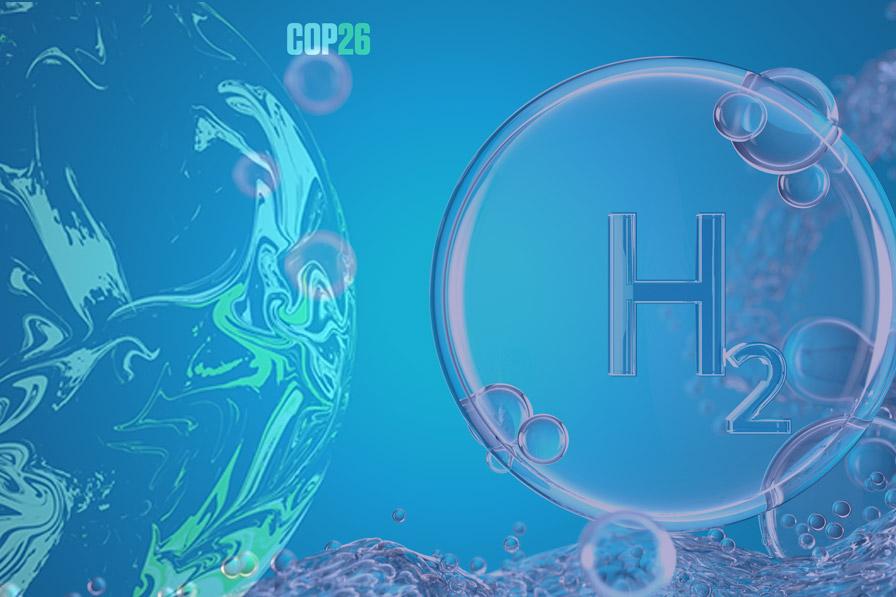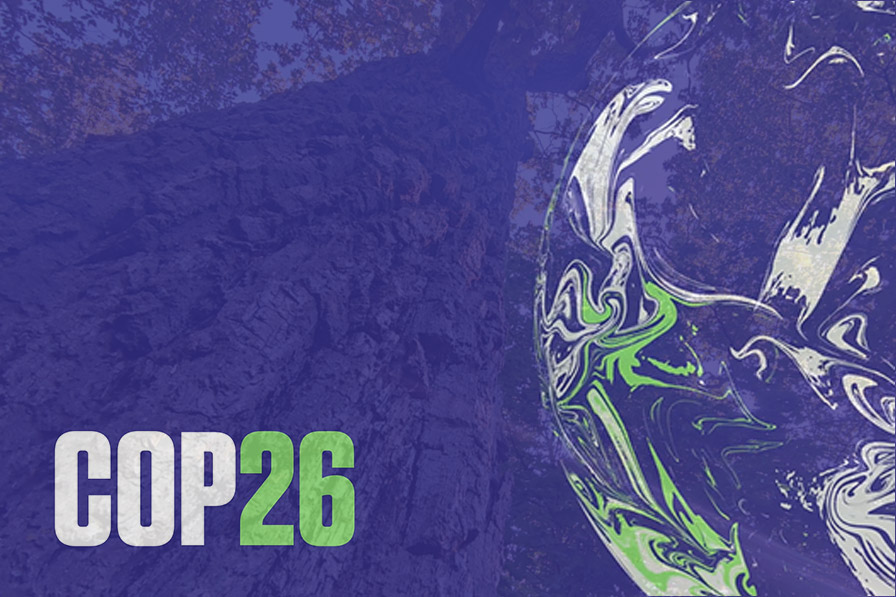GRTgaz presents its hydrogen projects at the COP26 French Pavilion

Held in Glasgow from 31 October to 12 November 2021, COP26 recalled the need to reduce global greenhouse emissions. Hydrogen was confirmed as a key driver for achieving this. Catherine Brun, Secretary General of GRTgaz, presented several of the company’s hydrogen-related actions.
In 2015, the Paris Agreement, signed following the United Nations Climate Change Conference, laid the foundations for an unprecedented international effort in the fight against climate change. COP21 was a vital event at which 196 countries undertook to keep global warming under 2°C, and even 1.5°C. COP26 showed the progress still needed to meet this global level and comply with the Paris Agreement, and highlighted carbon-free technologies.
Hydrogen: a new challenge for the energy transition
All States were asked to revise their greenhouse gas reduction targets upwards to reach carbon neutrality by 2050. As part of this, the production and development of clean hydrogen uses was identified as a key pillar for the energy transition and decarbonising the energy industry. As GRTgaz Secretary General, Catherine Brun, recalled during the workshop entitled “Decarbonising the regions: building the French Hydrogen Sector” held at the COP26 French Pavilion on 4 November, this confirmation supports decisions taken by the company: “GRTgaz is taking a proactive stance along with sector stakeholders and the regions to transform its operations and develop the renewable gas and hydrogen sectors.”
Multi-partnerships are central to Strategy 2
Europe’s first cross-border hydrogen pipeline project, mosaHYc (Moselle Sarre HYdrogen Conversion), was launched in March 2020 in cooperation with Germany and Luxembourg. It aims to step up the energy transition, reduce the carbon footprint of the region’s heavy industries, and support sustainable mobility. This project “is the first step in building the backbone of the future European hydrogen network. Its multi-partner, international profile leads the way and creates the momentum needed for the emergence of a genuine Hydrogen ecosystem,” said Catherine Brun.
This is just the beginning of a long story, as the company is also a stakeholder in the Jupiter 1000 project – France’s first Power to Gas1 demonstrator – whose facilities were commissioned in 2020.
1 Technology that uses surplus renewable electricity to produce hydrogen.

”This project “is the first step in building the backbone of the future European hydrogen network. Its multi-partner, international profile leads the way and creates the momentum needed for the emergence of a genuine Hydrogen ecosystem.”Catherine Brun
GRTgaz Secretary General
GRTgaz: an adaptive company
Last year, GRTgaz adopted a new core purpose - “Together, we enable an energy future that is safe, affordable and climate neutral” - as well as its CAP24 business plan that paves the way for a 100% carbon-neutral gas mix by 2050.
This translates into practical actions on the ground such as the connection of biomethane units to the GRTgaz network or the development of a national hydrogen sector, mirroring work done by the mosaHYc project.

>> Press release on the launch of the mosaHYc project (26 May 2020)
Find out more

COP26
